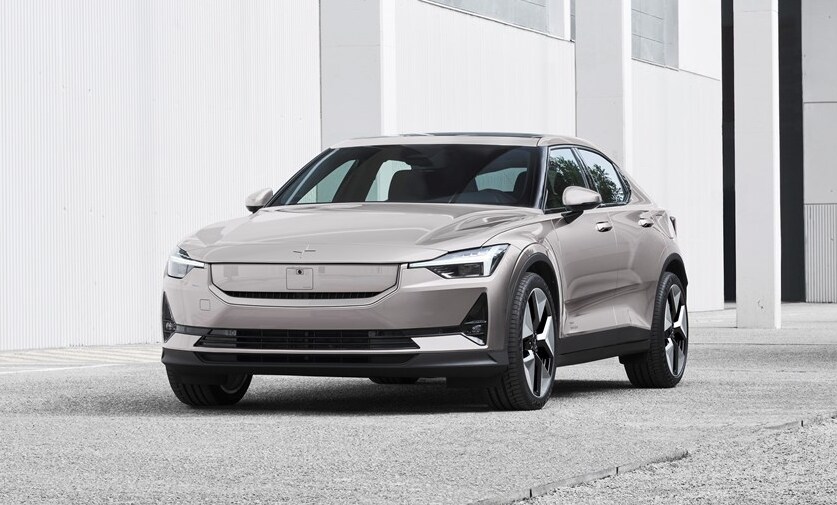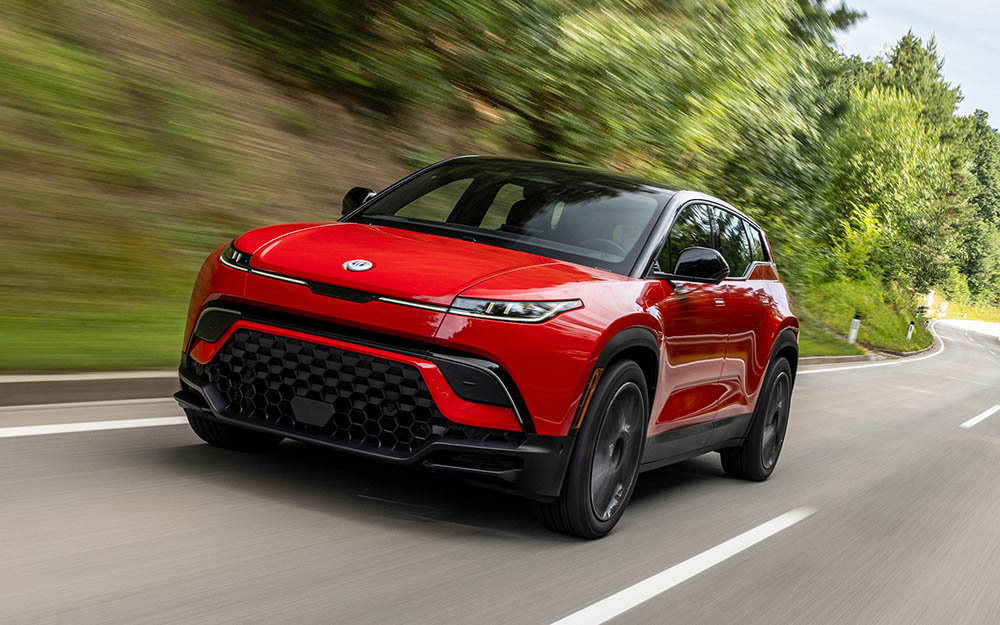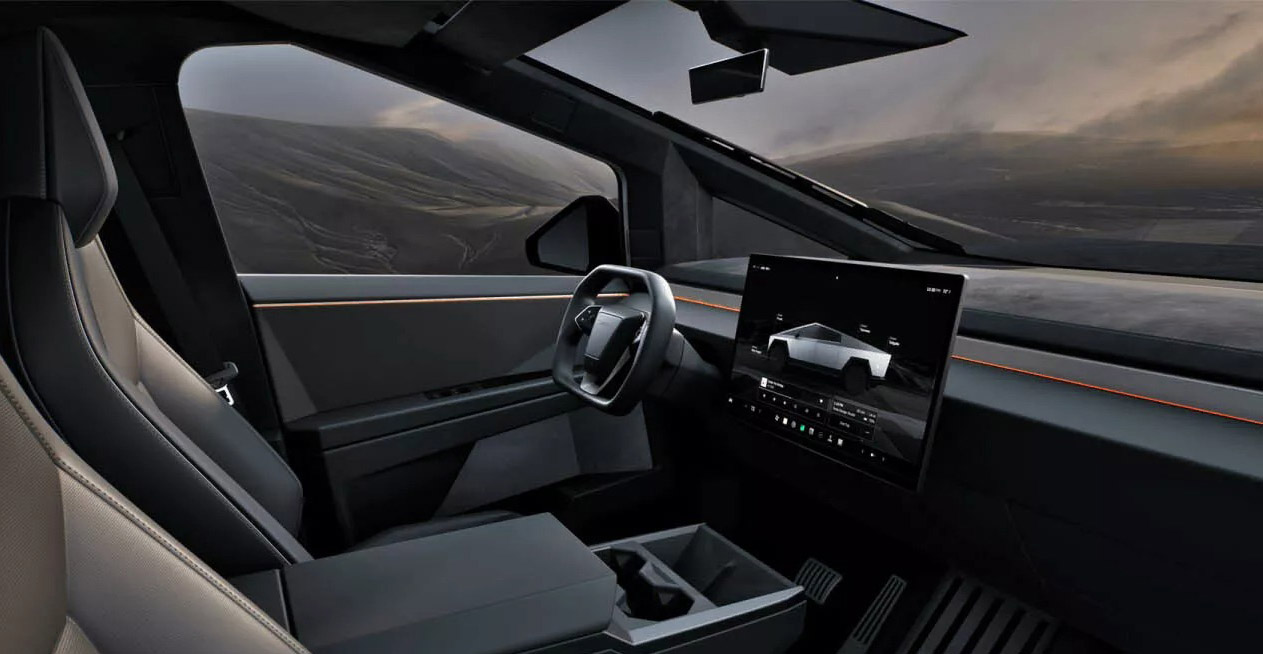Automakers, including Mercedes, Tesla, and Polestar, are increasingly offering performance upgrades to electric vehicle (EV) owners through over-the-air updates, providing an extra dose of horsepower for a fee. Despite the appeal of an additional 68 horsepower for $1,195, the mechanics behind this digital enhancement raise questions about how it operates.
Unlike traditional internal combustion engines limited by hardware configurations, EVs possess the flexibility to adjust power outputs by modifying settings in the inverter. The core elements influencing an electric drivetrain’s performance are voltage and current. While voltage determines motor speed, current translates directly into torque, allowing EVs to unlock more power without physical modifications.
See also: Polestar 2 gets 68 HP power boost through over-the-air software update
The continuous current rating serves as the safe limit for sustained power output in an electric drivetrain. Managing heat generated by current is crucial, and automakers utilize sophisticated cooling systems to ensure safe power delivery. Burst current, exceeding the continuous rating for a limited duration, further amplifies performance, provided thermal limits are carefully monitored and managed.
However, the true constraint lies in battery chemistry. While batteries can deliver immense power in short bursts, the drivetrain must effectively handle the stress to prevent component failures. Recent incidents, such as Ford Mach-E GT recalls, highlight the challenges in accurately measuring and managing heat, leading to unexpected performance limitations.
The potential for over-the-air updates to enhance power remains significant, driven by advancing technology. As automakers refine their understanding of thermal limits and invest in robust cooling systems, consumers may continue to witness digital performance upgrades.
See also: BMW Trademarks “iM3” Hinting at Potential Electric Future for Iconic Model
While some may view these updates with skepticism, considering them as an incremental gain in performance, others emphasize the importance of physical upgrades, especially in critical components like the cooling system. As the industry evolves, the balance between software enhancements and hardware improvements remains a key consideration for consumers evaluating the value of such updates.







